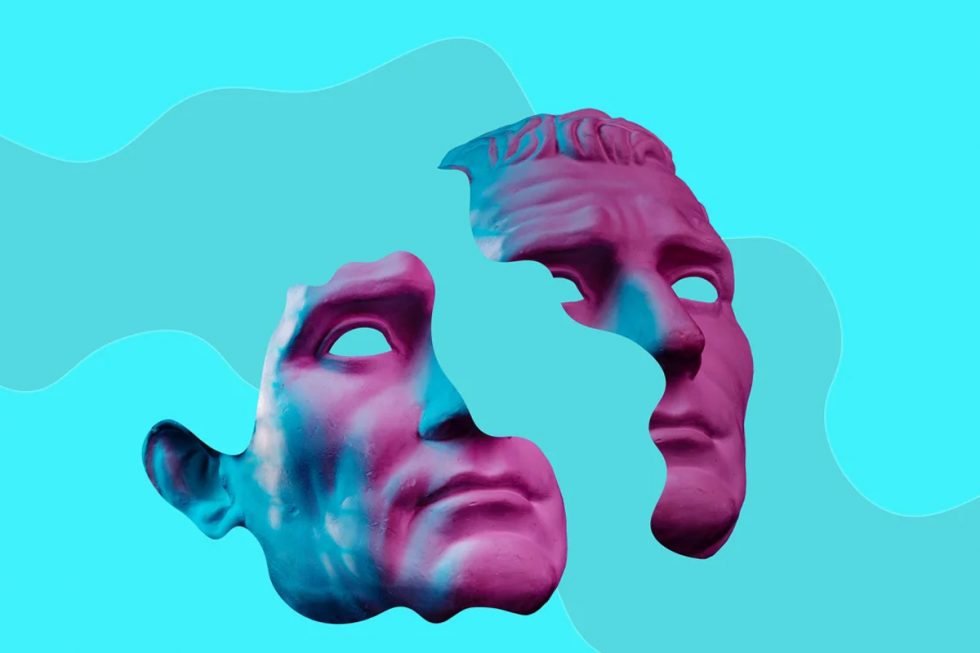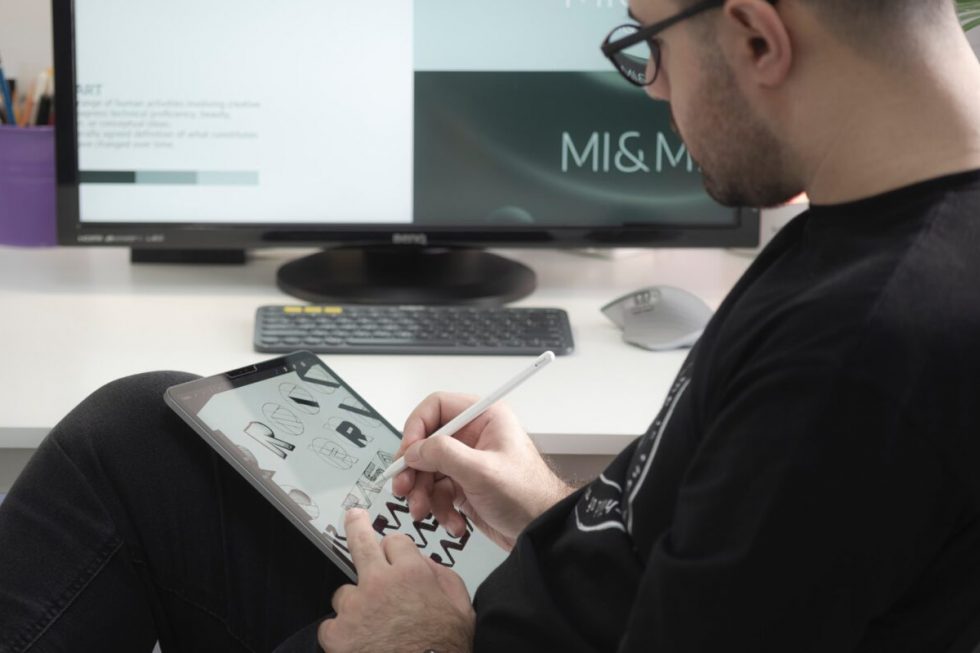
In recent times the emergence of NFTs has been highly incredible to witness. NFTs commonly known as Non-Fungible Tokens created hype in the market a few months back, and since then, people have been going crazy about it. Non-Fungible Tokens have been in the headlines from the time the supporters of celebrities like Elon Musk, Snoop Dog, and Mark Cuban showed their interest in the NFTs.
Many people have been investing in different cryptocurrencies, and since the price of bitcoin and other cryptocurrencies heightened, a lot of them backed out. While the other cryptocurrencies did not last well for years, NFTs, on the other hand, showed many individuals a promising future. So, if you are someone who is willing to invest in it and have less knowledge, we believe you must be wondering what NFTs are. In this article, we have got it all covered for you.

NFTs are property pieces that are digitally unique and have provable ownership built in them using blockchain technologies. Most straightforwardly, the digital works of art and other collectibles into unique, verifiable assets are NFTs which are easy to trade on the blockchain platform.
NFTs are not mutually interchangeable, which means two NFTs can not be the same. You can take it as rare coins or Pokémon cards. NFTs create uniqueness between them, else there might become many copies of the NFTs, and people will not be able to prove the authenticity even with the certificate.
They have become popular in the art world since it has gathered the attention of many musicians and gamers in a positive way. For many artists and musicians, the payoff has been huge and to own NFTs versions, many investors have been spending top dollars.
Typically these NFTs are used for buying and selling digital artwork, which can be in the form of any GIFs, tweets, virtual trading cards, video game skins, virtual real estate, and many more.
NFTs are digital tokens that are different from DIA or LINK, in that each individual token is non-divisible and completely unique. Non-Fungible Tokens allow the owner to get the ownership of any unique digital data piece which can be tracked by using the public ledger Ethereum’s blockchain. The NFTs are taken from digital objects for representing digital or non-digital assets. An NFT can represent:
It depends on the seller and the kind of NFT he or she wants to make. They can also think about various factors to include and consider when putting a price quote on the Non-Fungible Tokens. You can easily find two NFTs of the same category but have prices with huge differences.
NFTs created great hype in the market from the time they were introduced in the market for the first time. People were in love with this new concept and they could not get enough of this digital currency. But the concerns were raised with the hype too and you must be thinking why?
The concerns were generated because the NFTS was in the same category as the cryptocurrencies and the general view of NFTS got limited to the above-mentioned areas.
People started treating NFTs with skepticism. Although the market of NFTs went through the hype phase and saw transactions that were worth billions of dollars within a few months, the hype died off for a moment.
Since the stablecoins, NFTs are the second-best digital assets. Beyond creating value through randomly generated pixel art, NFTs have real utility. This digital currency can be programmed to have a myriad of functions and go farther the next way to make quick bucks.
One can buy any digital image as an NFT but you have to take some stuff under consideration before buying one. The things you might want to consider especially if you are a newbie are what marketplace to buy it from, which digital wallet to use or what kind of cryptocurrency you will need to process the sale.
The most common marketplace NFTs are OpenSea, Mintable, Nifty Gateway, and Raible. There are many NFTs markets that are formed for specific types of NFTs such as for basketball video highlights or valuables we have in the NBA.
While buying these NFT assets you need to be careful of the fees. “Gas” fees are charged by some marketplaces and to complete those transactions on the blockchain you need to complete energy requirements. Other types of fees include closing expenses and converting dollars into Ethereum which is the most commonly known and used currency to buy the NFTs.
The processes of selling the NFTs in markets can vary from one platform to another. You need to find a proper marketplace and then follow the instructions. Once you upload your content, you can turn it into NFTs using the instructions. Afterward, you can add the descriptions and your suggested pricing. NFTs can be purchased using ERC-20 tokens such as Flow and WAX but mostly the NFTs are purchased using the Ethereum digital currency.
Now that you have read about the buying and selling features of the Non-Fungible Tokens, it is time to learn about something more interesting than Non-Fungible Tokens has to offer to the world. The part that gathered the attention of many creators such as artists or filmmakers alike was the guarantee of the authenticity of their work and the right to monetize it as NFTs.

Non-Fungible Tokens, give you the benefit to turn anything into NFT currency and selling it in the market.
Every platform has different instructions for creating the NFTs but the minting (creating NFT) process is as follows:
It might take some time for your NFT to get approved and be auctioned for the general public. Once your Non-Fungible Token is live on the list, interested buyers will connect with you and make their offers for taking legalized ownership of the NFT. You can sell it to the bidder of your choice and get money for it along with popularity for your piece of work and monetization. You will have a win-win profitable situation by taking a tiny risk.
Unlike other fungible assets or cryptocurrencies, NFTs are unique assets that can not be exchanged for another similar asset. It is rare in nature and confers value to the NFT. Non-Fungible Tokens are created on the world’s second-largest cryptocurrency platform known as Ethereum Blockchain.
The primary difference between NFTs and other digital currencies is that they can not be traded for each other. Digital currencies have the same core and are regulated by banks and governments for keeping the transaction tracks that take place. On the other hand, cryptocurrencies and Non-Fungible Tokens are not centralized and communities run and regulate them.
Through digital public ledger, the NFTs are accessible unlike the cryptocurrencies and all the transactions are transparent. The information and transactions are private in Digital currencies and it is based on the transactions. Also, the transfer of money is confidential.
NFTs are not new in the market and have been around for a long time now. But the hype generated a while back and the reason for that was the celebs, the interest of their followers, and the flow of high-profile art sellers towards NFTs, which resulted in the publicity and promotion of Non-Fungible Tokens around the digital world.
A 25-fold expansion in the exchange volume was witnessed by the NFT business and the money in digital form surpassed US $2 billion in June 2021. This factor potentially suggests that the NFTs are not just a fad but it is more predictably the start of a new revolution in the digital market.
From the initial idea of “Coloured Coin” representing their asset for share, virtual art, poetry, etc to actually the NFTs exchange such as signatures, sneakers, gaming items, names of domains, and many more. With the steadily growing awareness regarding the marketplace of
Non-fungible Tokens, the involvement, and interest of various brands including Nike, Warner Bros, Twitter, etc in Non-Fungible Tokens have made it clear that the framework of NFTs is evolving. Bollywood stars launched the NFTs with their autographs, audio clips, pastel art, etc which made their followers more obsessed with NFTs.
Like all other digital currencies, there is no set of rules that can help you to figure out if buying the Non Fungible token will increase the collectible worth or not. But the identification of the new Non-Fungible Tokens trend at the initial stage can be profitable later on. Many digital arts that were sold for small values are now being sold for thousands of dollars by collectors.
If you are someone who has a good taste in art or music and likes to collect it, then investing in Non Fungible Tokens will make sense for you. There are things you will have to look for before buying that art piece.
If you think that NFTs are bubbles that are just waiting to pop then just know that the bubbles are revealed in just hindsight. And it does not change the fact that assets in digital form can be cool and will be profitable at some point in the future. So, you need to take the risks and embrace diversity and perhaps these assets will develop your NFT profile.
The disaster in banking history got a solution in the shape of NFTs as they can be monitored and transactions are transparent. Non-Fungible Tokens, assure that the buyers get real ownership. A win-win situation is offered to both creator and buyer as the creator gets a chance to monetize their creation and the buyer gets a chance to get verified digital ownership of the creation.
With the world turning digital, Non-Fungible Tokens are the way forward to attain a digital medium of exchange. In the future, Non-Fungible Tokens will be one of the most used digital currencies and from that point each NFT matters at the moment. Hence, Non-Fungible Tokens are not a craze that will live for a short period of time but a trend that will be staying for a long time. New mobile apps revolving around NFTs are being developed in the market and many mobile app development companies are adopting the latest technologies to remain connected with the industry.